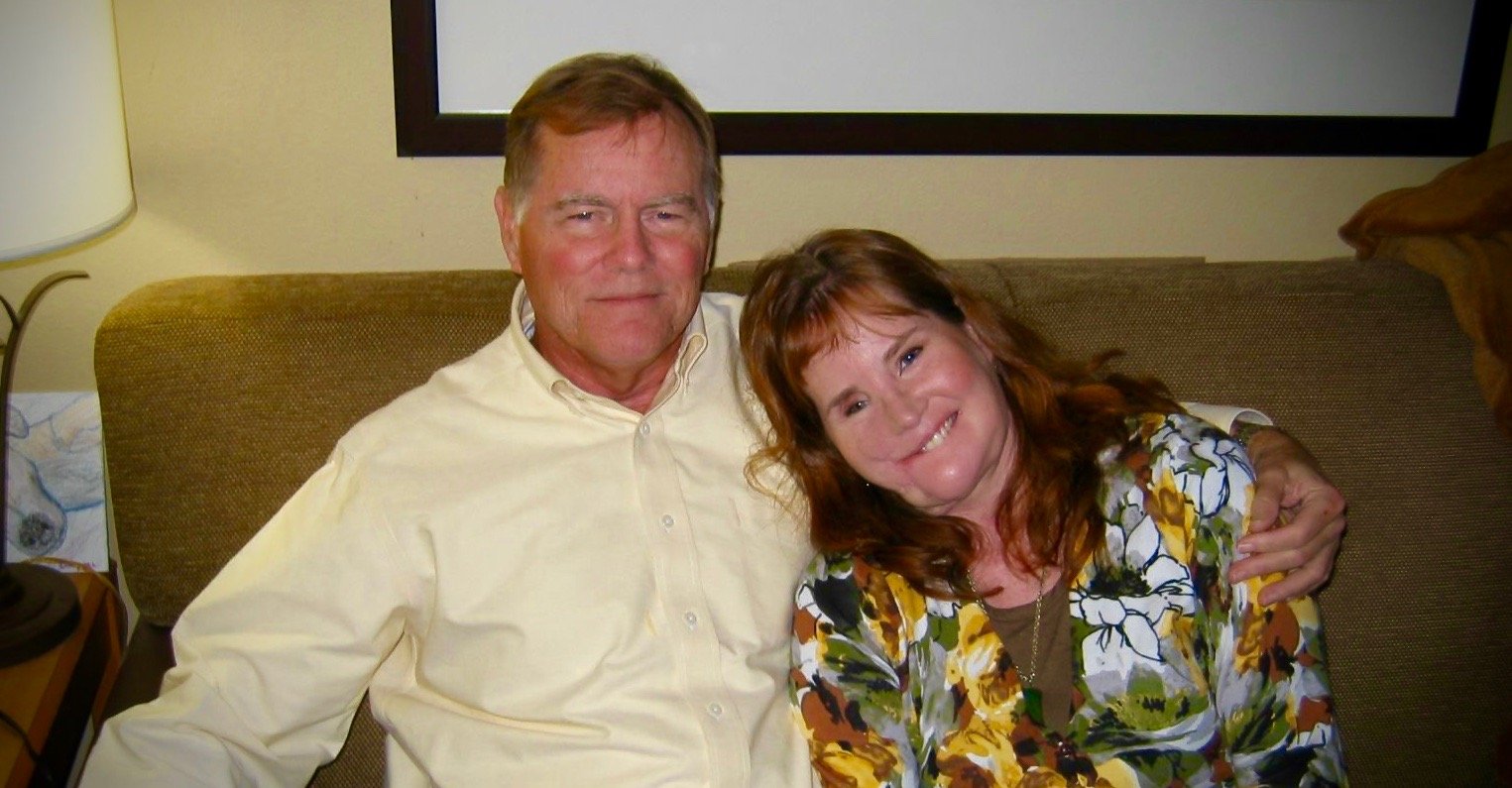Older Americans are more likely to die in a suicide attempt than members of any other age group, and most of the fatalities are caused by a firearm.
Gun suicides happen at a rate of 12 per 100,000 Americans over the age of 65 — the highest rate of all age groups, close only to the 10 per 100,000 reached by people between the ages of 45 and 64.
Out of the 42,773 people who ended their own lives in 2014, 18 percent were over 65, according to the Centers for Disease Control.
The method used in a suicide attempt is critically important, and helps explain an apparent statistical discrepancy. Older people make fewer suicide attempts than younger people, but they die in greater numbers. The reason: While most suicide attempts fail, almost all carried out with a gun are fatal.
Among seniors, guns account for 32 percent of all attempts, but 70 percent of all suicide fatalities. Among all age groups, firearms are used in just six percent of all suicide attempts, and are responsible for 54 percent of fatalities.
Shooting oneself results in a fatality 82.5 percent of the time. Drug overdoses, by comparison, account for 71 percent of all attempts and are lethal just 12 percent of the time.
“Older people who die by suicide aren’t just more likely to die because they’re frail and less resilient to an injury than younger people,” said Dr. Yeates Conwell, director of the Geriatric Psychiatry Program at the University of Rochester, “but also because they use more lethal methods, and they do so with more thoughtful planning.”
Conwell is part of a team of researchers at the University of Rochester that has studied and identified a set of risk factors for late-life suicide attempts. Along with depression and psychiatric diseases, physical illnesses is one of the most common factors, and the presence of severe and inescapable pain can lead to thoughts of self-harm. This is especially true when the physical pain has an impact on the person’s functional capacity, preventing them from being autonomous.
Living alone, the loss of a loved one, social isolation, and anxiety have all been identified as risk factors for seniors. “Imagine these to be Venn diagrams,” Conwell said. “Their interaction, rather than any one of them, helps us understand why a person might take their life.”
Elderly white men make up the largest share of firearm suicides among seniors, accounting for 88 percent of all late-life gun suicides, with a rate of 27 deaths per 100,000. By comparison, elderly white women constitute 8 percent of all gun suicides completed by people over 65, and elderly black men just 2 percent.
Researchers say the demographics of gun ownership help explain why white men are so much more likely to die from a gun suicide than other groups. A Pew Research Center study found that the vast majority of gun owners are white, male, and over the age of 50. “When we talk about older people committing suicide, we’re talking about older white men,” Dr. Liza Gold, a clinical professor of psychiatry at the Georgetown University School of Medicine, said. “Historically, those are the guys who own guns.”
In one of his studies on elderly suicide, Conwell found that access to handguns, rather than long guns, seemed to be correlated with higher chances of self-harm.
Many researchers say blocking access to guns can save lives. According to Gold, overall suicide rates decrease about 10 percent if the gun in the household is unloaded, another 10 percent if it’s also locked, and yet another 10 percent if ammunition is locked somewhere else.
In her almost 30 years of clinical practice, Gold says she has learned what to ask as soon as someone raises concerns about the risk of suicide in an older family member. “If a patient comes in and says he’s worried about his elderly father,” Gold said, “the most important thing to ask is, ‘Does your father have a firearm?’”
The National Suicide Prevention Hotline is 1-800-273-8255. It is available 24 hours a day.
[Photo: Adha Ghazali/Shutterstock]


